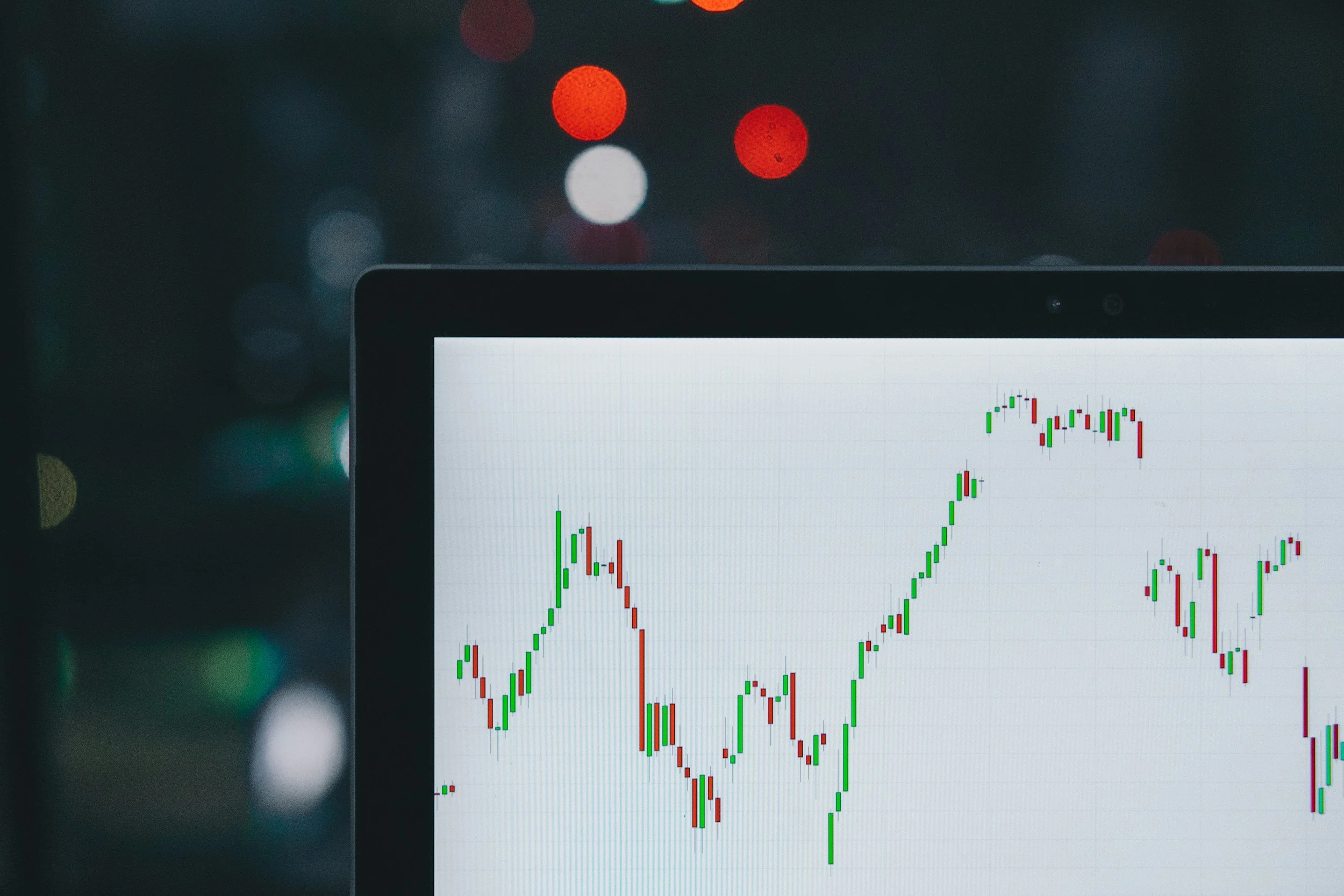"Whilst not many things have changed in the spot market during the last few trading days, a historic US credit rating downgrade by rating company Fitch made headlines, sending shockwaves in stock markets across the globe. On Tuesday, Fitch cut its US credit rating from triple A to double A plus, citing a mounting government debt burden and the debt ceiling stand-off that two months ago brought the world’s largest economy on the verge of a default. Following the surprise downgrade, US stocks had their biggest one-day drop in months, joining a global sell-off. Wall Street’s benchmark S&P 500 fell 1.4 percent on Wednesday, its biggest daily drop since late April, while the tech-focused Nasdaq gave up 2.2 percent of its value, the largest daily drop since February." was the opening paragraph of Doric's weekly insight twelve months ago.
Fast forward to this week, and a similar sense of unease has gripped the markets once again. On the first Monday of August, global stock markets took a sharp dive, with Japanese shares experiencing losses that, at one point, surpassed those of the infamous "Black Monday" in 1987. The trigger for this latest downturn was a growing fear of an impending US recession. A disappointing US jobs report released last Friday highlighted a much sharper slowdown in hiring than expected, exacerbating concerns that the world's largest economy is feeling the strain of high borrowing costs. During the recent earnings season, corporate executives warned that American consumers – who are pivotal to the US economy – are beginning to scale back their spending.
These economic concerns are not confined to the US. In Europe, the situation appears equally precarious. The Eurozone economy has slowed considerably, with weaker-than-expected growth in services and significant declines in manufacturing, particularly in Germany. A closely watched business survey revealed that business activity in the Eurozone nearly ground to a halt, with the composite index dropping to a five-month low of 50.1 – just barely above the threshold that separates growth from contraction.
Meanwhile, China continues to grapple with its own set of economic challenges. For the third consecutive month in July, factory activity remained in contraction. The official manufacturing Purchasing Managers' Index (PMI) fell slightly to 49.4 from June's 49.5, indicating a further weakening of the economy. Analysts point to weak domestic demand as a key factor, though the National Bureau of Statistics described the manufacturing index as "basically stable." China's export sector, however, has shown some resilience, with the new manufacturing export order subindex ticking up to 48.5 in July, compared to 48.3 in June.
Conversely, China’s import data paints a mixed picture, with overall momentum continuing to wane. Crude oil imports in July dropped to their lowest level in nearly two years, averaging 10.90 million barrels per day (bpd) in the first seven months of 2024 – a 2.9 percent decline from the same period in 2023. Natural gas imports, including both liquefied natural gas and pipeline supplies, were steady at 10.86 million tonnes in July, marginally higher than June's figures. Iron ore imports rose slightly to 102.81 million metric tonnes in July, up 5 percent from June, though daily arrivals have remained relatively flat. Coal imports in July reached 46.21 million tonnes, the highest since December, but daily figures were consistent with June's levels. China's soybean imports in July saw a 2.9 percent increase compared to the same period last year, reaching 9.85 million metric tonnes. This uptick was driven by lower prices and concerns over escalating trade tensions between Beijing and the United States. However, despite the July surge, total shipments for the first seven months of the year amounted to 58.33 million tonnes, reflecting a 1.3 percent decline year-on-year, according to data from the General Administration of Customs. Overall, while China's imports of key commodities have shown some stability, the broader trend suggests a continued slowdown in momentum.
At the end of a volatile week for the stock market, US stocks dipped slightly in early trading on Friday. Despite most major equity markets recovering the bulk of Monday's losses, global markets continue to trade below the levels seen prior to last week’s U.S. jobs report, which initially triggered concerns about the health of the world’s largest economy. This indicates that investors remain cautious. Reflecting this sentiment, the spot market also remained subdued, struggling to recover earlier losses. The Capesize segment was the sole outlier, posting a modest weekly gain of approximately $1,000 at $20,213 per day. Meanwhile, Panamax and Supramax rates declined further, settling at $14,388 and $14,313 per day, respectively, with Handysize remaining relatively stable at $13,595 per day by Friday's close.
Data source: Doric


